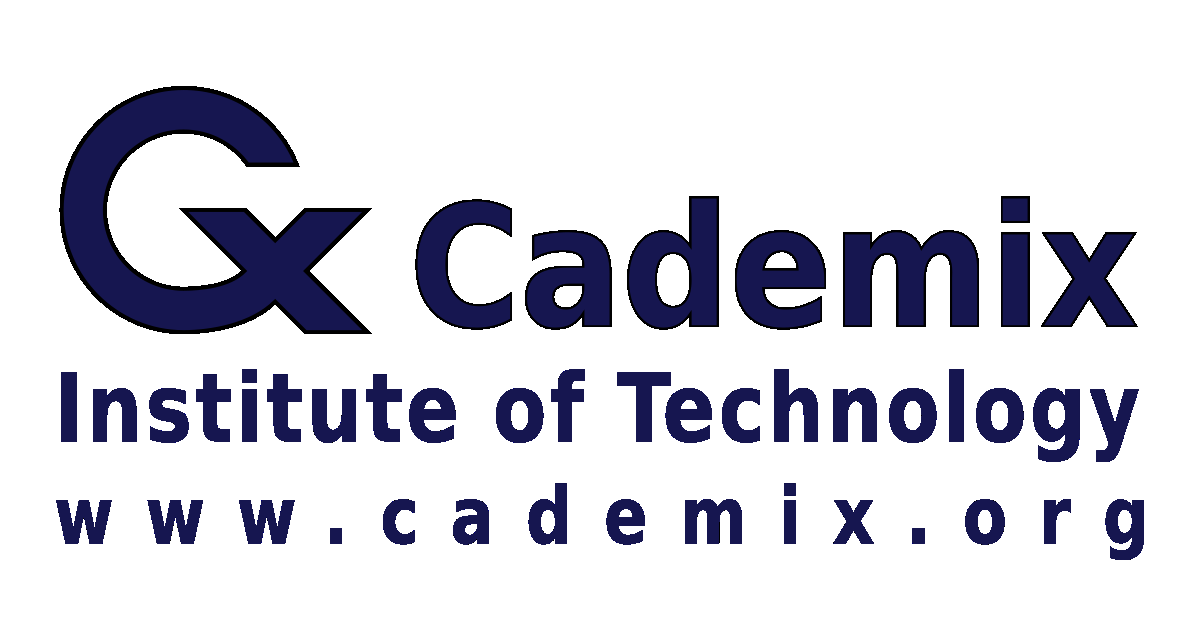Abstract
The European construction industry is undergoing a significant transformation driven by digitalization and sustainability initiatives. Building Information Modeling (BIM) enhances project efficiency, collaboration, and cost reduction through digital modeling, while Leadership in Energy and Environmental Design (LEED) promotes sustainable building practices and energy efficiency. Their integration optimizes resource utilization, minimizes environmental impact, and aligns with Europe’s net-zero goals. This paper, authored by Hamed Salimian, explores the strategic significance of BIM and LEED certifications, their role in shaping modern construction, and the increasing demand for professionals skilled in both frameworks.
Introduction
BIM and LEED: The Transformation of the European Construction Industry
The construction industry has historically been a key driver of global economic development. However, it is also one of the most resource-intensive sectors, often criticized for inefficiencies, high material waste, and significant environmental impact. In response to these challenges, Europe has taken a leading role in pushing for innovation and sustainability, guided by frameworks such as the European Green Deal and the 2030 Climate Target Plan. These ambitious initiatives aim to achieve net-zero greenhouse gas emissions by 2050 while improving resource efficiency across industries, including construction.
Within this transformative agenda, two certifications stand out as essential tools for modernizing the construction industry: Building Information Modeling (BIM) and Leadership in Energy and Environmental Design (LEED). BIM represents the industry’s shift toward digitalization and efficiency, while LEED addresses sustainability and green building practices. Together, these certifications are redefining how construction projects are designed, executed, and managed across Europe. Their adoption not only enhances project outcomes but also enables compliance with stringent regulations, ensuring the industry’s alignment with Europe’s long-term goals.
For employers, integrating BIM and LEED expertise into their workforce has become a strategic imperative. For professionals, obtaining these certifications opens doors to high-value opportunities, making them indispensable in a competitive job market.
BIM: The Digital Pillar of Modern Construction
What is Building Information Modeling (BIM)?
Building Information Modeling (BIM) is more than just a digital tool—it is a transformative process that integrates technology, data, and collaboration across all stages of a construction project. BIM creates a centralized, three-dimensional model that serves as a shared resource for architects, engineers, contractors, and stakeholders. Beyond visualization, BIM incorporates detailed metadata on costs, scheduling, energy performance, and material specifications.
Benefits of BIM in Construction Projects
- Cost Reduction and Increased Efficiency: According to the European Construction Industry Federation (FIEC), projects leveraging BIM see a 30% increase in efficiency during planning and an average cost reduction of 15%.
- Improved Collaboration Among Teams: BIM enhances communication and coordination across different project teams.
- Greater Accuracy and Fewer Errors: By leveraging simulations and detailed analysis, BIM minimizes design errors.
- Sustainable Management and Reduced Environmental Impact: BIM helps optimize material usage and energy performance.
- Regulatory Compliance: Many European countries, including the UK, Germany, and the Netherlands, now mandate BIM for large-scale public projects.
🔹 Source: FIEC – Digitalization in Construction
The Role of BIM in Sustainability
Beyond efficiency, BIM plays a crucial role in meeting sustainability goals. By simulating energy performance and material lifecycles, BIM aids in achieving certifications like LEED. For example, integrating BIM with tools like Autodesk Revit allows teams to analyze thermal performance, optimize energy use, and reduce waste during construction.
Additionally, BIM can be used for Life Cycle Assessments (LCA) to evaluate a building’s total environmental impact, ensuring minimal carbon footprint over its lifetime.
LEED: The Global Standard for Green Buildings
What is LEED and Why is it Important?
The LEED certification, developed by the U.S. Green Building Council (USGBC), is one of the most recognized green building rating systems worldwide. It evaluates buildings based on criteria such as energy efficiency, water usage, material selection, and overall environmental impact, awarding different levels of certification: Certified, Silver, Gold, and Platinum.
Advantages of LEED-Certified Buildings
- Reduced Energy Consumption and Operational Costs: LEED-certified buildings in Europe use 20% less energy on average compared to non-certified structures.
- Enhanced Indoor Environmental Quality: Better ventilation, reduced pollutants, and improved occupant productivity.
- Increased Property Value: LEED-certified buildings attract higher investment and market interest.
- Environmental Benefits: Use of renewable energy, reduced carbon footprint, and sustainable material selection.
- Regulatory Benefits: LEED certification can help in acquiring permits and incentives for green building initiatives.
🔹 Sources:
- USGBC – LEED Certification Standards
- Journal of Sustainable Building – Energy Efficiency in LEED Buildings
LEED vs. BREEAM: How Does LEED Fit in Europe?
While BREEAM (Building Research Establishment Environmental Assessment Method) is the dominant sustainability certification in markets like the UK, LEED’s global recognition makes it the preferred choice for international projects. Many multinational corporations and public-private partnerships prefer LEED due to its consistency across borders and alignment with global sustainability goals.
The Growing Intersection of BIM and LEED
How BIM Supports LEED Certification?
The integration of BIM and LEED is reshaping construction processes. BIM provides a strong data infrastructure that facilitates LEED certification compliance. Some of the ways in which these two systems complement each other include:
- Energy Modeling and Building Performance Simulation: BIM enables teams to predict and optimize energy usage.
- Lifecycle Assessment of Materials: BIM helps analyze material sustainability and minimize waste.
- Optimized Water and Energy Consumption: BIM models assess the impact of sustainability strategies on resource use.
- Improved Reporting and Documentation: BIM provides comprehensive records that simplify the LEED certification process.
Successful Case Studies in Europe
One prominent European project that successfully integrates BIM and LEED is Stuttgart 21 in Germany. In this project:
- BIM was used to manage collaboration and reduce execution costs.
- LEED standards were applied to minimize the project’s environmental footprint.
- Energy modeling tools within BIM helped optimize heating and cooling systems.
🔹 Source: EU BIM Task Group – BIM Implementation Handbook
Another example is The Edge in Amsterdam, Netherlands—one of the world’s most sustainable office buildings. The Edge achieved LEED Platinum certification by using BIM to optimize energy consumption, lighting, and workspace efficiency.
Conclusion: The Future of BIM and LEED in Europe
With the European Union’s increasing focus on digital and green transformations, the combination of BIM and LEED is becoming a dual mandate for employers and construction projects. Professionals skilled in both frameworks are at the forefront of these changes, enjoying unique career opportunities.
Key Takeaways:
- BIM and LEED are essential for sustainable and efficient construction.
- Their integration enhances project outcomes and regulatory compliance.
- Employers and professionals who adopt BIM and LEED gain a competitive edge.
📌 BIM in the Construction Industry
📌 Comprehensive Guide to LEED Certification
By adopting BIM and LEED, the European construction industry can meet its sustainability goals while staying at the forefront of

